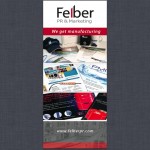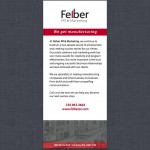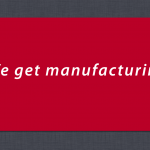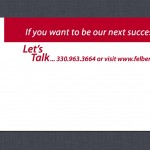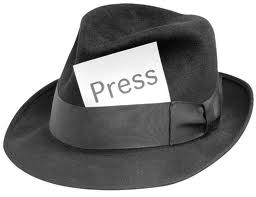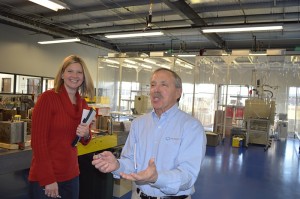Join WIRE-Net now!
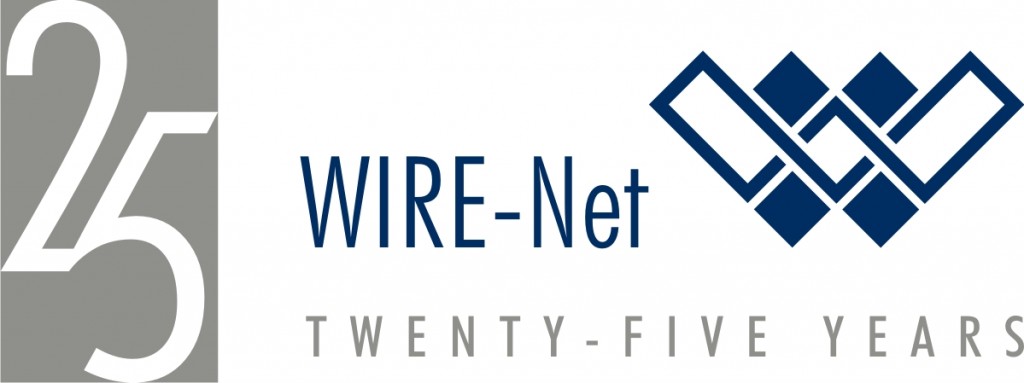 From humble beginnings, coordinating safety and security for Westside manufacturing businesses, WIRE-Net has grown to include supply chain sourcing and operational efficiency programs for Northeast Ohio manufacturers. The organization is celebrating 25 years of serving manufacturers with a bold challenge to engage 112 new members this year.
From humble beginnings, coordinating safety and security for Westside manufacturing businesses, WIRE-Net has grown to include supply chain sourcing and operational efficiency programs for Northeast Ohio manufacturers. The organization is celebrating 25 years of serving manufacturers with a bold challenge to engage 112 new members this year.
They are proud to boast an industry leading 90% member retention rate, and excited to show you how WIRE-Net membership could be the best decision you make in 2013.
WIRE-Net member companies have similar characteristics:
- they are committed to retain or grow their business in Northeast Ohio,
- they value and invest in strategies to operate more efficiently and effectively,
- they have a desire to share knowledge and connect to other leaders,
- they work together to drive economic health locally to build stronger communities.
You are encouraged to connect to 280 business leaders who have made a conscious choice to belong to the WIRE-Net family.
Make strong connections with hundreds of people: “WIRE-Net has been able to guide companies through governmental processes, introducing them to the right people to help eliminate obstacles”, says Bill Oatey. WIRE-Net is particularly effective in “working with the city of Cleveland to reduce barriers to doing business in urban areas.” – Bill Oatey, Oatey Company
Learn best practices to improve your bottom line: “The networking and benchmarking opportunities through WIRE-Net are a fantastic resource for manufacturers and Northeast Ohio. The friendships that are made are very valuable and genuine; people are very open and willing to help. The exposure and sharing of new ideas with local businesses has been an eye opening experience for Martindale employees as we further our own continuous improvement efforts.” Linas Bilunas, Martindale Electric Co.
WorkSource services will save you time and money: “Being a smaller shop, WIRE-Net saves us time, gets the pre-interview and background check done. Then all we have to do is interview to make sure they fit with the culture of our company.” Eric says, “Boots on the ground – Saves you time.” – Eric Dales, Adams Automatic
Join Now and get 15 months of services and support for the price of 12. Membership year runs July 1st through June 30th, so you get 90 days free to get acquainted with your member account manager and WIRE-Net services. It’s easy and fast to join online at www.wire-net.org/how2join.html. Rick Dawson, Manager Membership Development, is one call away, 216.920.1960.
Networking and Management Education: What WIRE-Net members say they like the most
- Last year 1100 people from 450 companies attended over 40 learning opportunities and plant tours, roundtables, seminars, and after hours events (20% – 60% discounts for WIRE-Net Members)
Get Visible, Get Business: In the past 3 years, WIRE-Net has worked on 395 sourcing projects to connect buyers with suppliers, resulting in 1,223 referrals to local businesses.
- Connect you to new business opportunities by filling out a short assessment online at http://data.wire-net.org
- Your Business Listing in a downloadable, searchable Membership Directory and Link to your Company Website
Find out for yourself why Gary Davis of Aetna Plastics says, “WIRE-Net makes us a better company.”

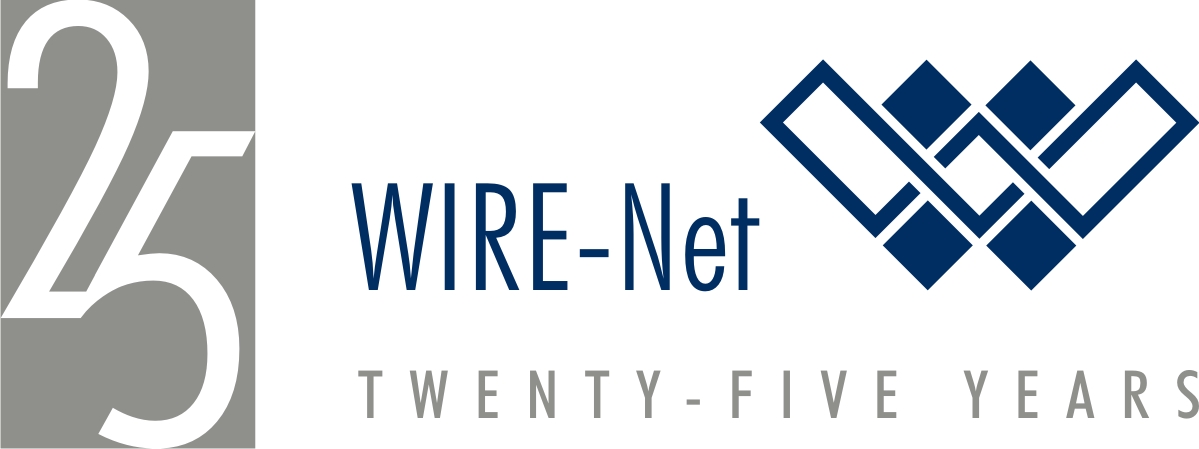

 Businesspeople can learn a lot from March Madness, whether you’re a basketball fan or not. To put it simply, March Madness is when “the small guys face the giants to see how good they really are.” Diane Hurd, guest writer for PR Daily, wrote an
Businesspeople can learn a lot from March Madness, whether you’re a basketball fan or not. To put it simply, March Madness is when “the small guys face the giants to see how good they really are.” Diane Hurd, guest writer for PR Daily, wrote an 
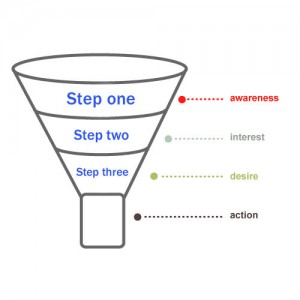
 In part one of this series, I mentioned that we should always seek and build more relationships with potential prospects in order to increase our business. And when we do, we should never seek in desperation.
In part one of this series, I mentioned that we should always seek and build more relationships with potential prospects in order to increase our business. And when we do, we should never seek in desperation.